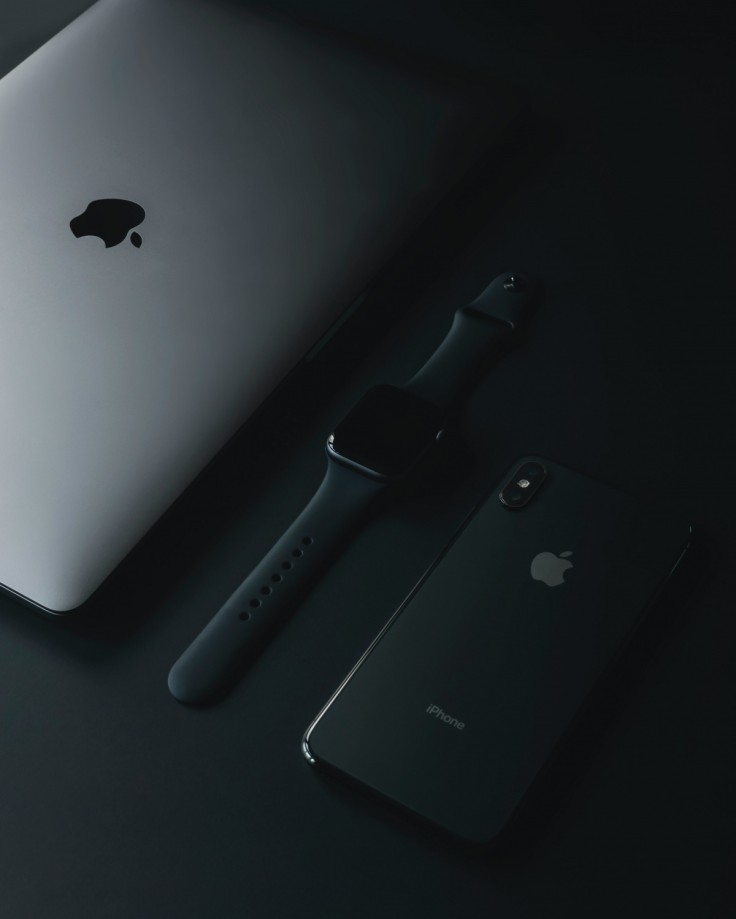
The Apple ID is essential to manage and access anything across your Apple devices. Once you get locked out due to a forgotten password or other security issues, this may cause a problem, for it will further undergo a time-consuming recovery process. Good thing the latest iOS 15 Feature got you covered.
The iOS 15 recovery contact is one of the latest iOS 15 features that allows you to regain access to your account without compromising security.
To make account recovery convenient, one of the solutions is setting up a recovery contact on your iPhone. A recovery contact can be defined as assigning a trusted individual to obtain a one-time recovery code that you can use to open your locked account. There are five easy steps to set up a recovery contact on your iPhone:
First, open your iPhone and click Settings. You can navigate through the icons or search "settings" on your device.
Second, navigate and find your Apple ID. This can be seen as the large tile with the owner's name.
Third, tap the Password & Security option.
Fourth, you will see the Account Recovery option; tap it.
Fifth, under the Recovery Assistance, press the Add Recovery Contact. Be sure to add a trusted person. Then, authenticate your action using your Face ID or Touch ID.
For the Mac users, these are the five steps:
First, navigate your Mac and click the "System Preferences."
Second, click your Apple ID, which can be seen easily with your name.
Third, click the Password & Security that can be seen in the sidebar.
Fourth, the Account Recovery section will be shown. Click Manage.
Fifth, under the Recovery Assistance section, press the [+] button and follow the instructions given.
Here are the dos and don'ts of how to set up a recovery contact for your iPhone:
All users must be able to download the latest iOS version. To set up a recovery contact, one should turn on the two-factor authentication for the Apple ID. All the user's Apple devices should run the latest iOS. Also, the user should be above the age of 13 to add a recovery contact to your account. If you are eligible based on the requirements, you are allowed to utilize this feature.
In adding a contact, a family member can be added automatically. If you are a member of a Family Sharing group, the other members will be recommended. This person should also have their own Apple device and be at least 13 years old to become a recovery contact.
If the person is not part of your indicated family, they need to accept a recovery contact request. The owner will be notified via a message indicating that the chosen person has agreed to become their account's recovery contact. An apple user can designate a maximum of five people as their recovery contacts for their account.
In a time when your Apple account is locked up, you can use your added recovery contacts. The recovery contact can share a six-digit code that the owner enters on the device. Then, if the correct code has been entered and the owner's identity is confirmed, the device will reset the Apple ID password for the user.
It should be noted that the chosen recovery contact will not have access to your account, such as the iCloud, and the Apple device will not know who your contact is to safeguard the privacy of Apple users. Lastly, setting up a recovery contact will make account recovery easier and faster though it is not compulsory for every Apple user.









